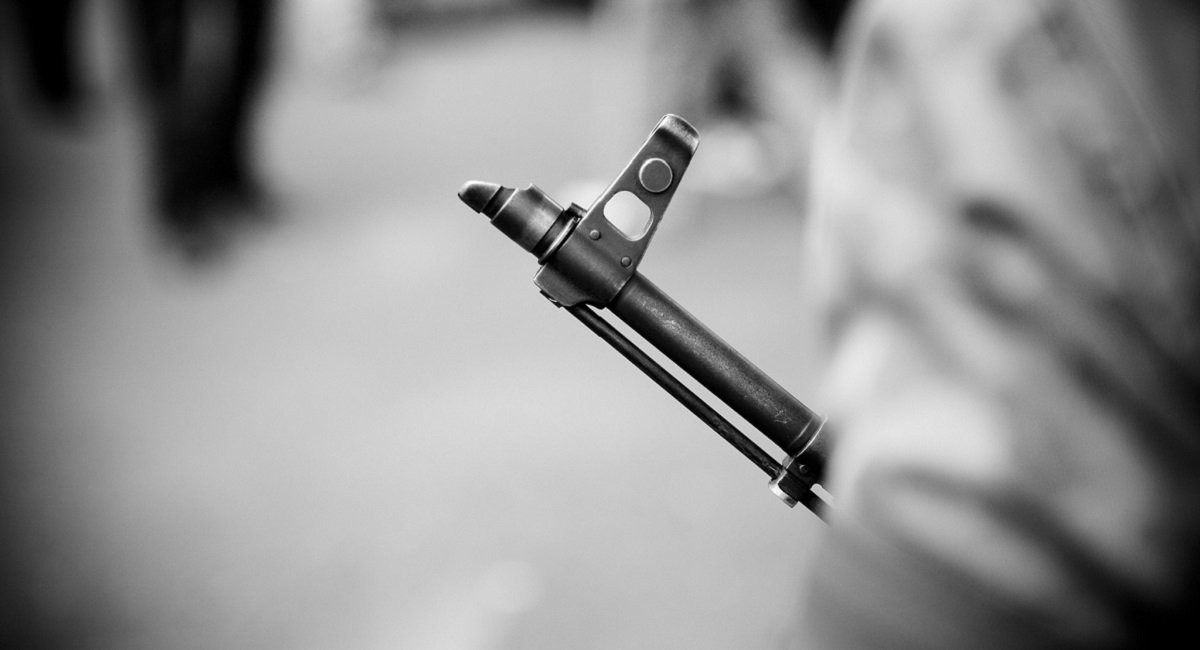

The assertiveness of Arab armed forces since 2011 has led to multifaceted military roles and created an additional impediment to civilian rule.
Ten years after the so-called Arab Spring, a few lessons stand out, whatever the poor harvest in failed democratization and looming violence and civil wars. Most prominently, these lessons revolve around a newly assertive role for Arab military institutions, lessons that were relearned in Algeria and Sudan in 2019, yet with some significant contrasts to the military roles in Arab revolutions of the 1950s and 1960s.
Surprise of Military Assertiveness
Contrary to that earlier time, Arab officers did not sally out of the barracks in 2011 as a result of small groups plotting against enfeebled regimes, with officers becoming politicized and taking power by coups d’état, as in Egypt, Libya, Syria, and Yemen, or attempting to do so in the context of regional rivalry. In 2011, rather, senior officers bore grievances against incumbent political orders, although they did not intervene because of these grievances. When they occurred, coups were not based on intrigue and gathering the whole army behind them, but on exploiting massive protests to garner legitimacy for what would come next.
The conventional wisdom did not consider Arab militaries key actors in 2011. Protests organized by young activists stressed authoritarian regimes to the limits of dysfunction, ruptured the repressive potential on which authoritarianism was based, and yearned for governance on behalf of human security and economic welfare. Autocrats pulled armed forces out of their bureaucratic torpor when interior ministries and police forces were overwhelmed. Armed forces were distant from politics and ignorant of social dynamics in 2011–2012, resulting in awkward political moves after Arab Spring protests tapered off and political rebuilding entered the agenda.
The prospect of massive repression was a crucial stress test for militaries pulled to the fore, especially when social media and cell phone cameras would make it visible. Armed forces were hierarchic institutions, but conscripts and junior officers were not insensitive to protesters’ demands, even though senior officers lived in a more privileged world. Militaries filled the void of ruling political orders eviscerated by mass protests, but also preserved their corporate interests. Beyond this, the posturing of different armed forces varied considerably.
Multiple Pathways of Assertiveness
Some armed forces used their cohesive hierarchy to distance themselves from incumbent rulers, with high-ranking officers signaling that they would not engage in repression, triggering incumbents' immediate fall. The Tunisian armed forces exited politics and let civilians rebuild the political system, with difficulty. In Egypt, the army became more interventionist, becoming a supra-constitutional actor and waging a coup in 2013 against the Muslim Brotherhood by exploiting civic activists and other political forces, such as the Salafists. President Abdel Fattah al-Sisi then installed the military in the driver seat, the most visible manifestations of which were the expansion of its ownership of the country and greatly intensified repression.
Other armed forces entered into repression and splintered, becoming “hybridized” and hastening the end of incumbent political orders. The Gulf Cooperation Council mediated in Yemen and NATO intervened in Libya. In Yemen, an intra-elite coup by northern officers not directly related to former president Ali Abdullah Saleh benefitted from an atmosphere of civic mobilization. The army was then cannibalized by Houthis, southern separatists, and the Saudi-backed government, a government in name only. The disappearance of the entire Libyan security sector led to civilians-turned-militiamen and commanders of revolutionary brigades (kata'ib thawriyya) becoming key stakeholders, and to the rise of eastern-based commander Khalifa Haftar and his self-styled Libyan National Army, an army in name only.
Still other militaries entered into short-term repression in support of the police, such as the Bahrain Defense Forces, strongly buttressed by the Saudi-Emirati intervention. In Syria, the army had a more organic proximity to the regime’s core (the police and praetorian units). It lost perhaps two-thirds of its manpower, but the government of President Bashar al-Assad managed, by brutalizing the army, to keep its organizational structure afloat, with help from Hezbollah, Iran, and Russia.
Multifaceted Aftermath
Transitions after 2011 paved the way for multifaceted military roles. The problem in most cases has become wider and deeper than simply governance and security sector reform in moments of transition. This military assertiveness and influence will be challenging to reverse. Arab militaries positioned themselves deep within processes of regime reformation after 2011–2012, either with their full institutional weight or with their dissolution (and the subsequent rise of militias and warlords). This made the problem of transitioning to civilian rule very different from cases in Latin America and southern Europe, where coherent armed forces no longer bore a sense of political responsibility and a civilian tradition reinvigorated itself in democratized political systems.
Philippe Droz-Vincent is professor of political science and international relations at Sciences-Po Grenoble and author of Military Politics of the Contemporary Arab World.



